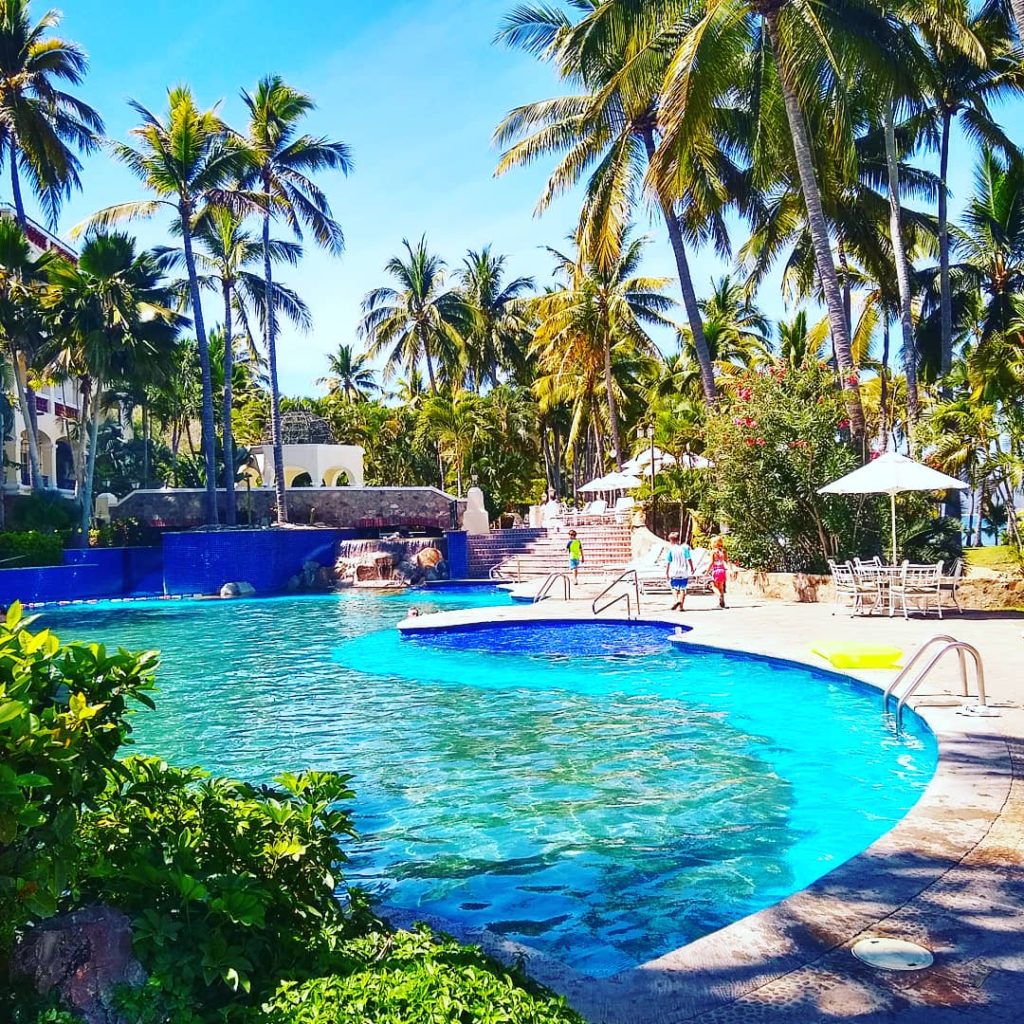
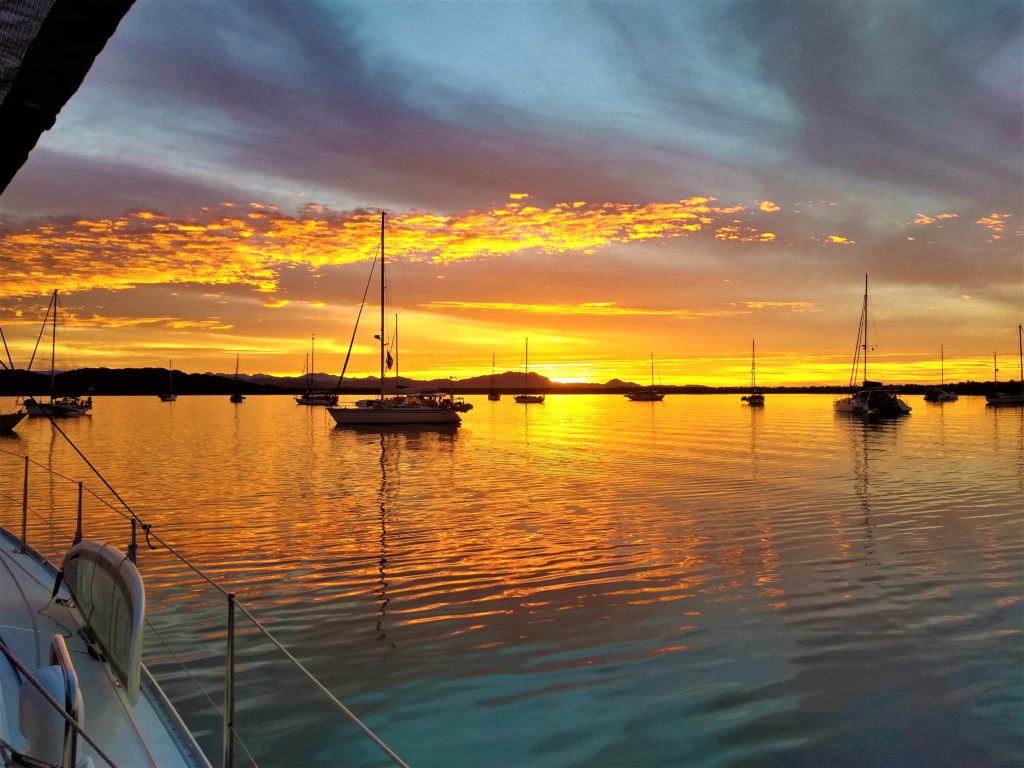
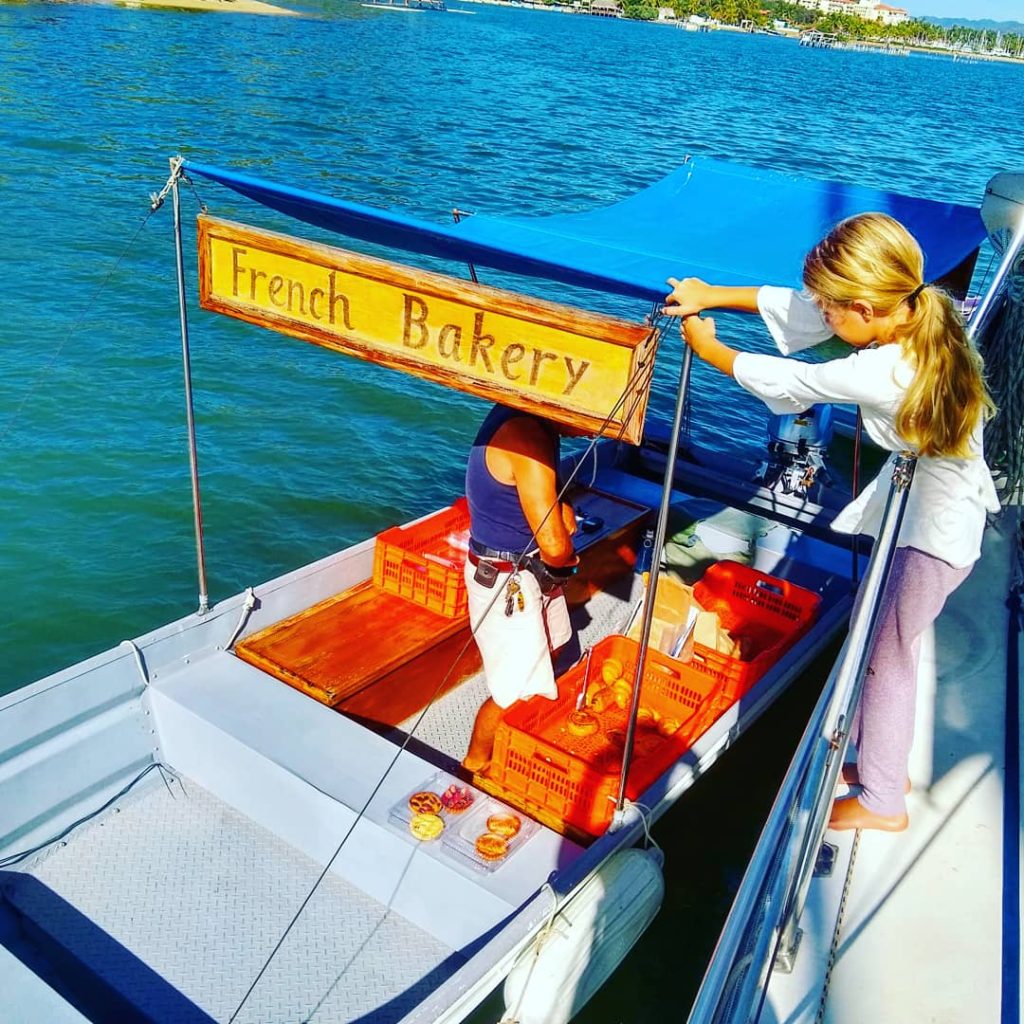
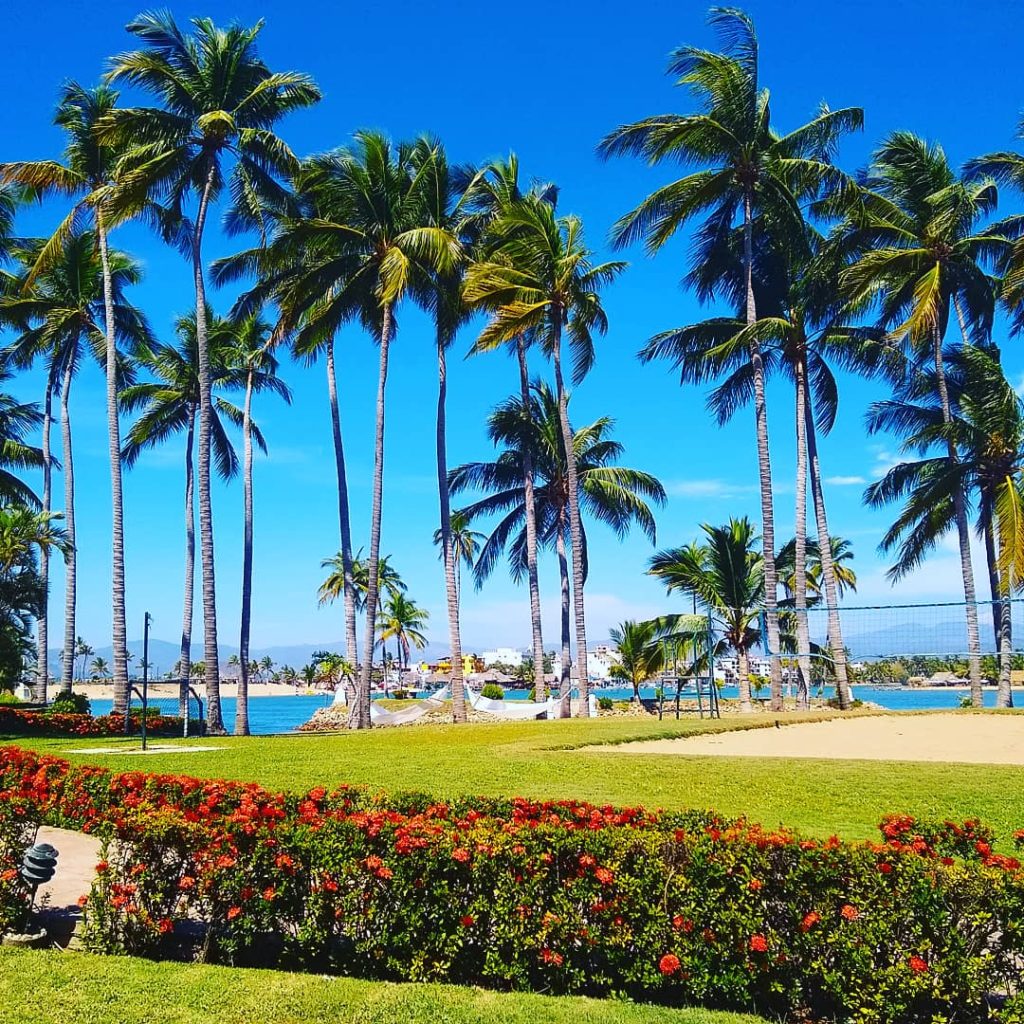
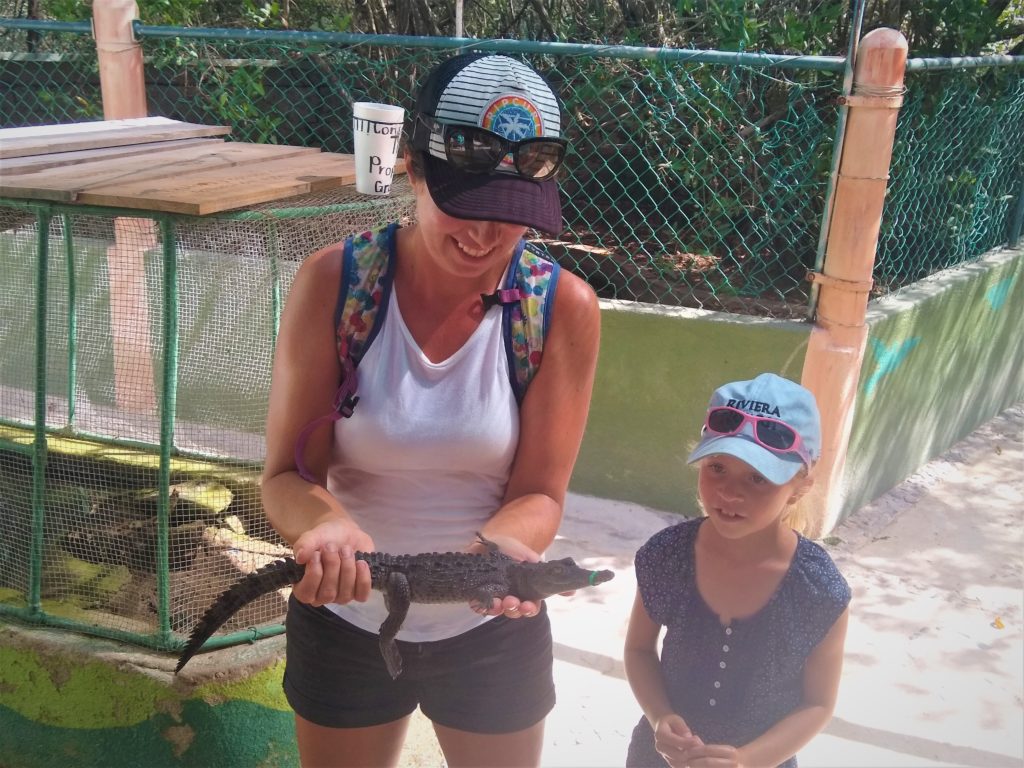
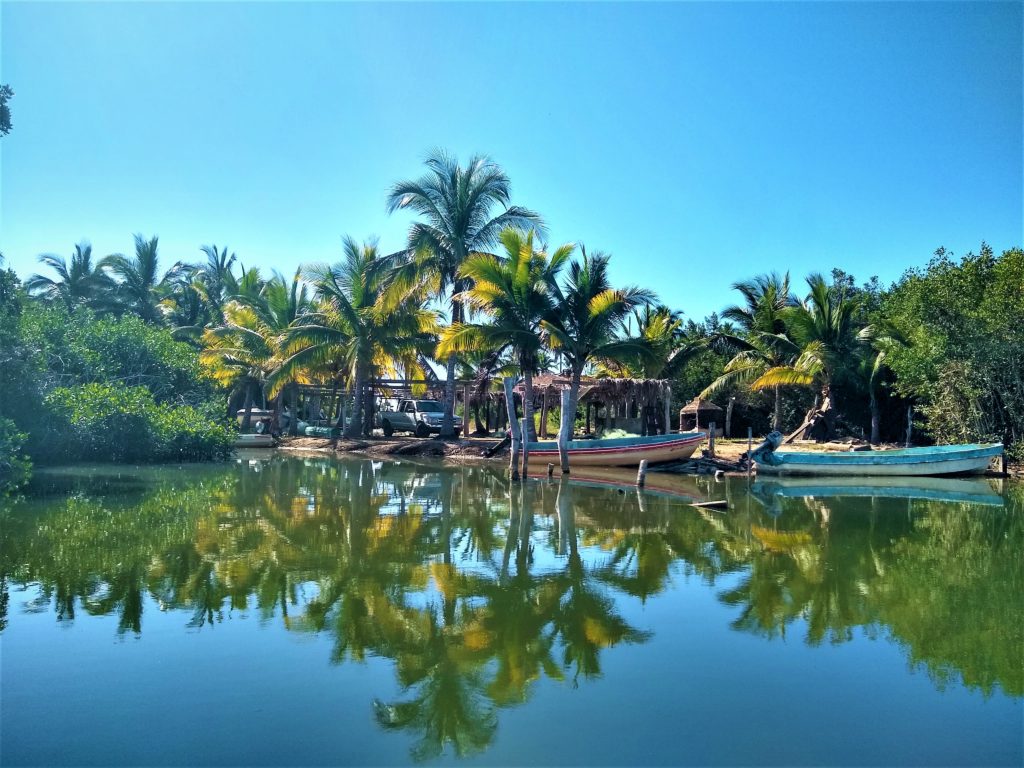
We have spent the past two weeks exploring the beautiful waters from Banderas Bay to Barra de Navidad. It has been full of adventure – multiple crocodile sightings, our first time going aground (aboard Slingshot) and much fun buddy boating with our friends on SV Blue Heron.
La Cruz to Ipala – Smooth rounding of Cabo Corrientes
We had a smooth and uneventful passage from La Cruz to Ipala – a distance of 50 nautical miles. We’d heard a few nightmarish stories from folks rounding Cabo Corrientes (meaning meeting place of currents) with strong winds, currents and steep waves. And my memories of our Cape Mendocino rounding resurfaced and how we’d learned about acceleration zones around capes of land. Other folks told us it was fine – just to watch the weather. Luckily our experience was the latter – all good!
Most folks try to time their rounding during the evening when the afternoon winds have subsided. As well, most folks seem to skip Ipala (due to a poor anchorage) and do the 130 mile passage from La Cruz to Chamela overnight. We did the opposite. Is this a trend? Sometimes I feel Gavin and I have repeated conversations on this same theme!
We left La Cruz after the morning net rounding Cabo Corrientes in mid morning and arrived in Ipala in the late afternoon. We sailed the majority of the way with our asymmetrical spinnaker in 15 to 25 knots of wind ranging from 8 to 12 knots of boatspeed. Thankfully the sea state around Cabo Corrientes was not an issue. Again, Slingshot was a pleasure to sail.
Ipala was a cute anchorage and in the prevailing northwesterly breeze – a relatively calm anchorage. There were several anchored pangas which took up about half the protected space, however there was still plenty of room for us and one other boat who’d anchored there due to engine trouble. The anchorage could have fit another couple of boats, and likely more though those further out would have had a rollier night.
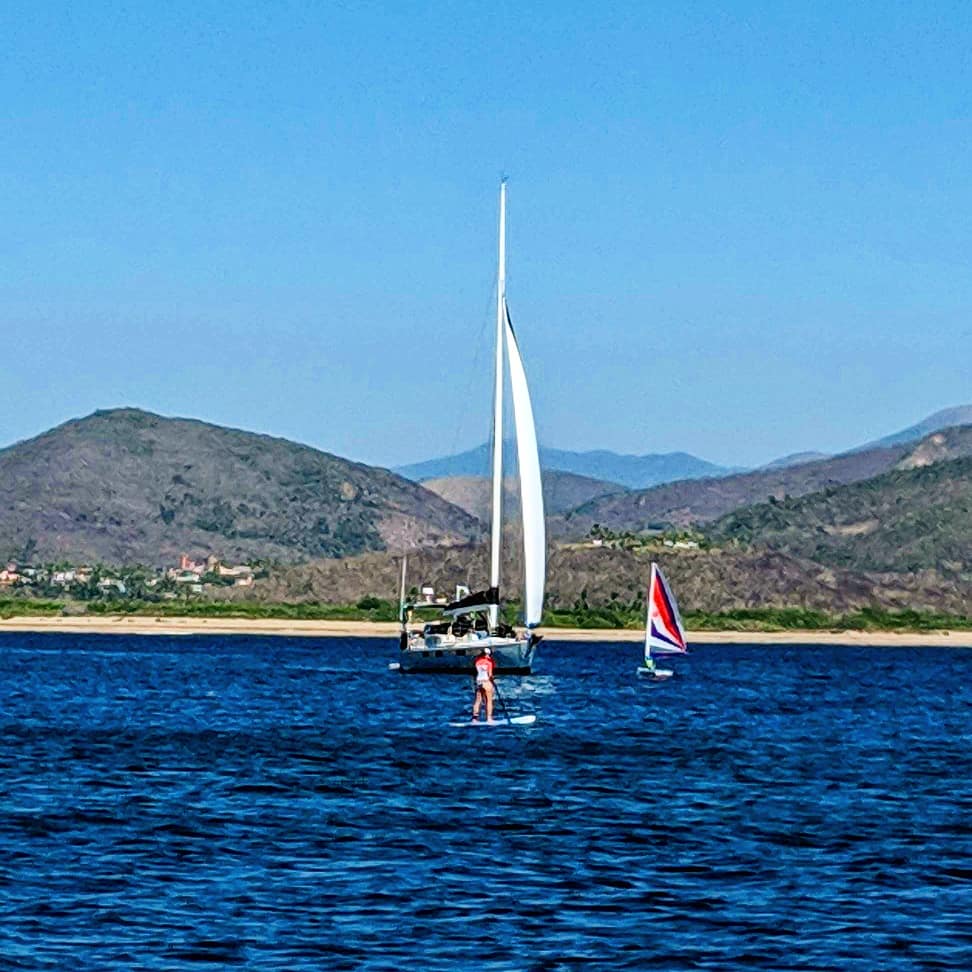
Chamela – our first crocodile sighting!
We had another great sail from Ipala to Chamela – arriving in the late afternoon and meeting with our friends on Blue Heron at the jazz cafe for dinner. Luckily they saved us seats as the jazz cafe is popular for good reason! Delightful jazz in the open air with delicious fresh food – we had a very pleasant evening. The next day we anchored for the day between two islands one mile away – Nathan and his friend proudly sailed the byte by themselves to get there and I paddle boarded. The following day we anchored in another spot in the lee of another nearby island and were treated to a fun surf break (yay I was able to stand up catching waves on our new to us SUP), a beautiful tropical beach and a crocodile sighting.
Our friend returned from a paddle board excursion up the nearby river with wide eyes and tales of large crocodiles that he at first thought were logs, then realizing those same logs were skulking alongside him! The kids (and adults) were very excited and we quickly hatched a plan to lift the dingy up the beach into the river, squeeze 4 adults and three kids in and go find these crocodiles! My thoughts meandered to my dad’s stories about dangerous crocodiles in Australia and nature shows where crocodiles snatch large animals off banks. This river looked eerily similar to the banks in those nature shows…
We piled into the dinghy and slowly made our way up the river. A long distance off I saw what looked like a large log on the river bank and asked – is that a croc? We all strained our eyes. As we moved closer we saw the large 6 to 8 foot log slink into the water. We were all excited and it was so fun to hear and feel everyone’s excitement. Our friend was relieved that we saw one and Gavin revealed he thought Curtis was pulling our leg about seeing crocodiles in the first place!
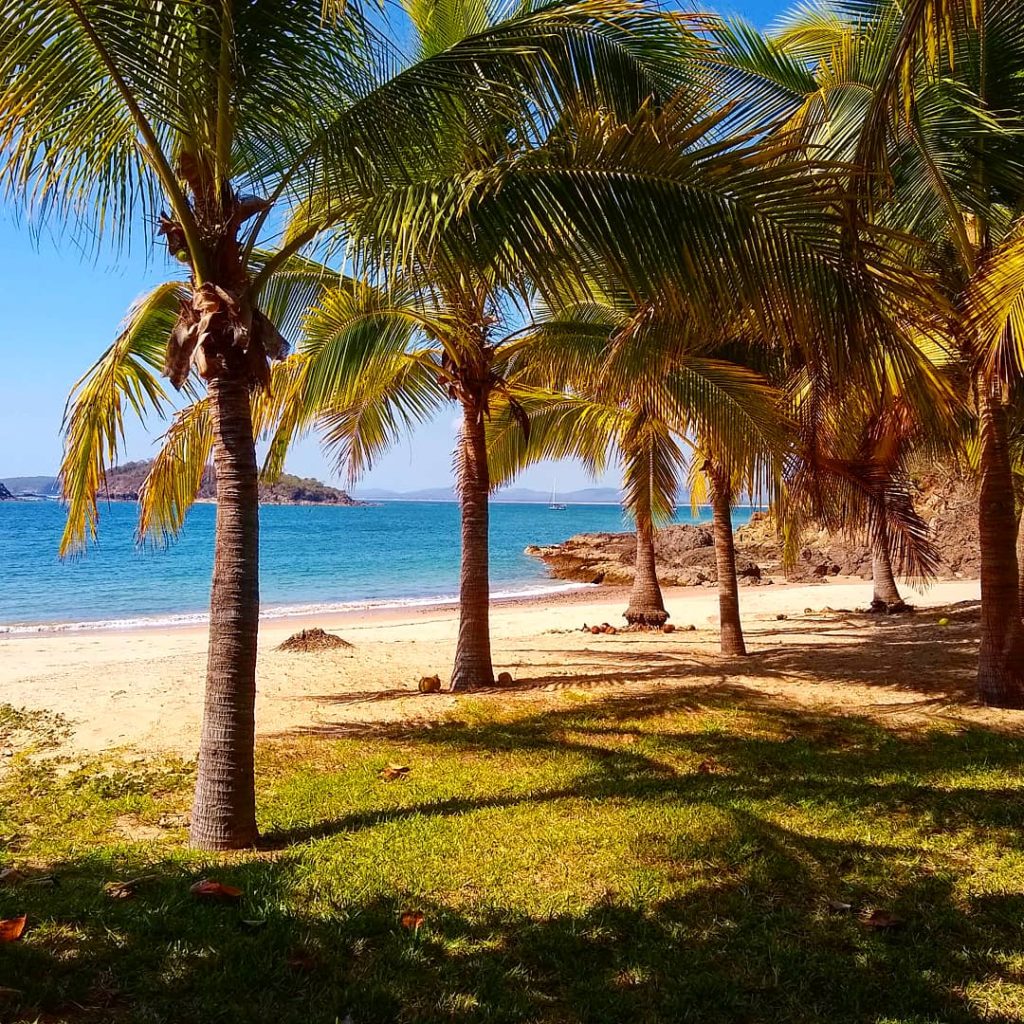
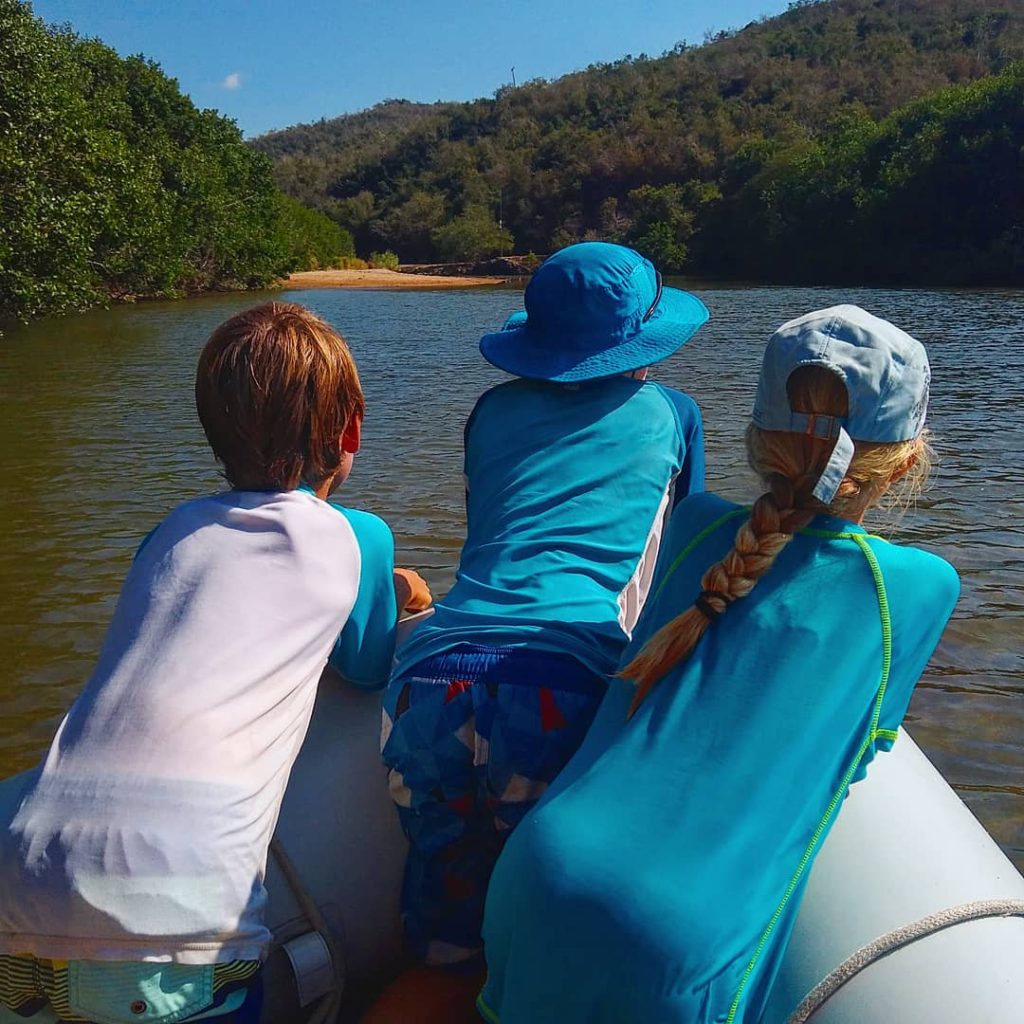
Tenacatita
Our next stop was the ‘aquarium’ at Tenacita a short 10 mile hop down the coast. We poked our noses into Careyes anchorage along the way, but decided not to anchor there. The bay was mostly filled with anchored pangas and dayboats and the beaches looked to be dominated by the resorts just behind them. The colourful houses on the cliffs were beautiful and it looked like it could have been an anchorage in the Mediterranean.
We anchored at the ‘aquarium’ in Tenacatita and enjoyed a snorkel near a pack of jumping rays. We were a bit alarmed to see a flurry of splashes in the water and small grey/black fins breaking the water. Curtis bravely swam right at the rays and I was happy they were not small sharks! The visibility wasn’t great but it felt good to get in the water.
The following day we anchored in Tenacatita. We’d heard so much about this anchorage – a beautiful spot that cruisers get ‘stuck in’. Again, we could see why. It hosts a protected anchorage, a long beautiful flat beach and a friendly cruising community. We also enjoyed a 3 hour dinghy trip up the river and spotted several small crocodiles, long walks and a workout on the beautiful beach, and an enjoyable evening beach fire with some of the other cruisers in the bay.
We then took Slingshot to the nearby town of La Manzanilla for the day where we toured the crocodile sanctuary, stocked up on fresh vegetables and enjoyed a relaxing meal on the beach. Before we even got to the sanctuary we saw a large crocodile resting at the side of the river near where we beached our dinghy. It has been so much fun seeing and learning about crocodiles!
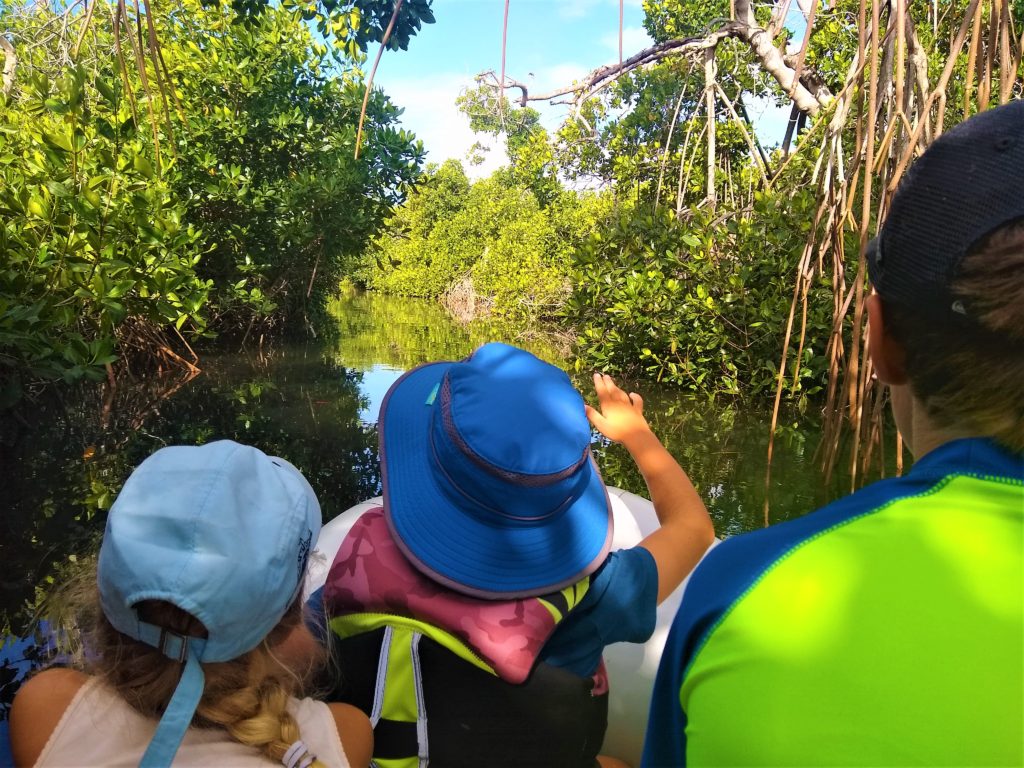
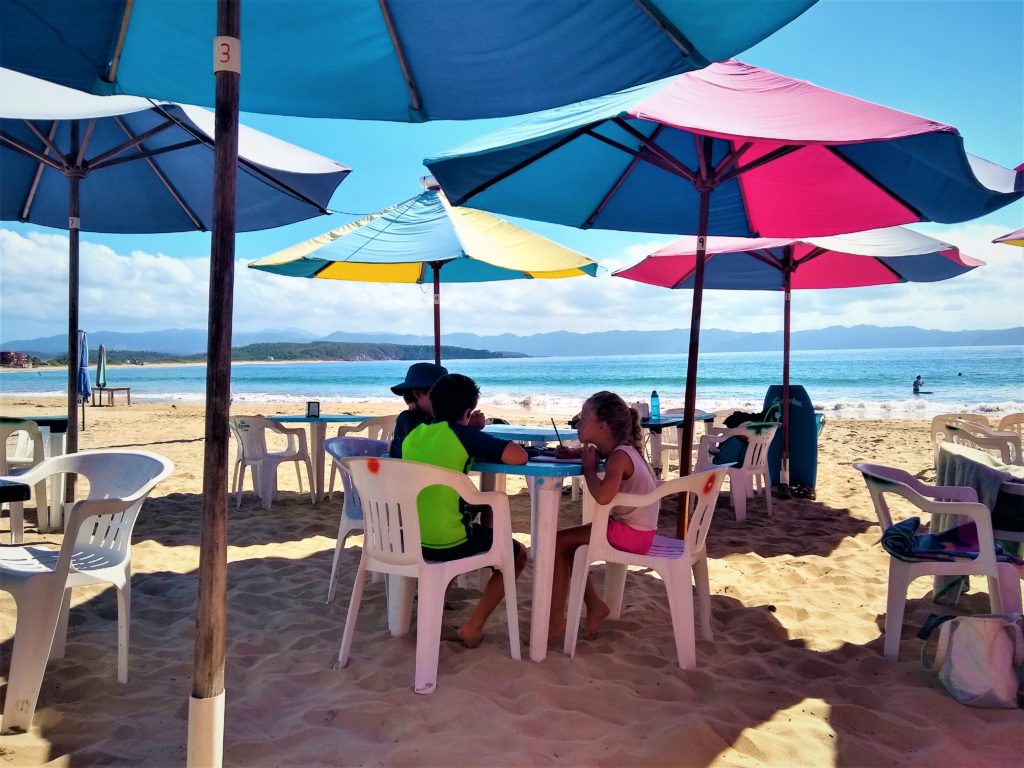
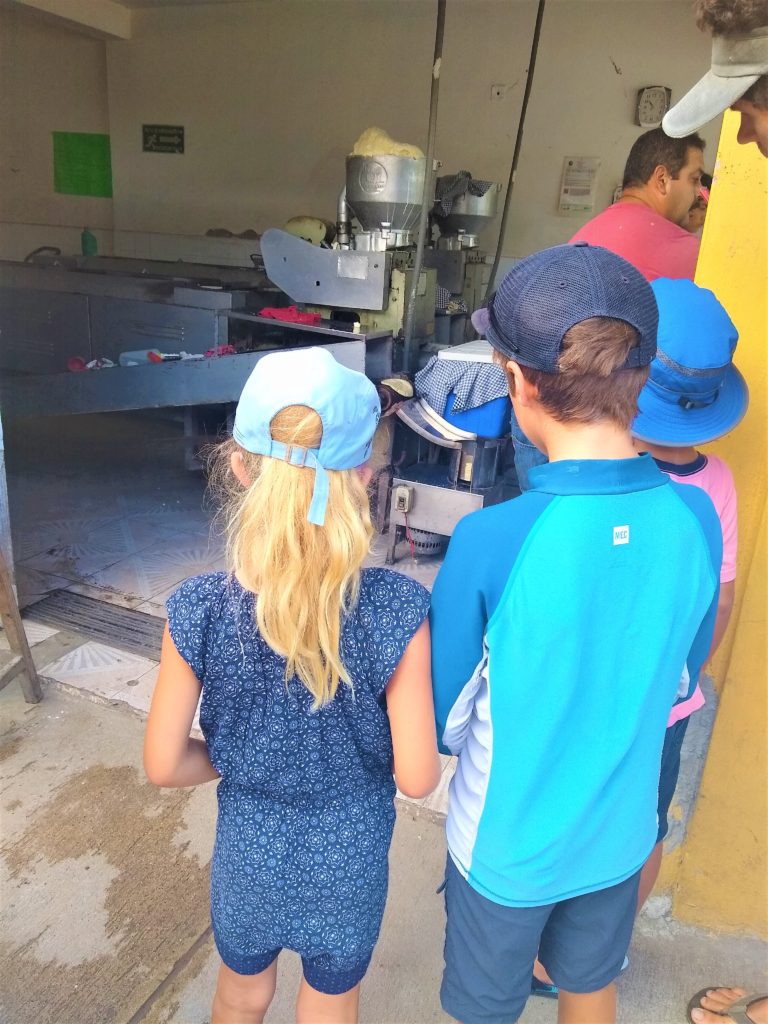
Barra de Navidad – drama in the lagoon!
We’d heard that people go aground in the Barra lagoon so we thought we’d enter at high tide to be safe. In retrospect we should have done a bit more research (and paid more attention where we were!). We later found a website with soundings of the lagoon that we should have checked before we entered.
Despite being a larger boat, we have a shoal draft keel (we draw 6 feet – which is average) so we thought we could pull off anchoring in the lagoon along with 25 or so other boats. Our charts in this area are not accurate so we were mostly using google earth and our guidebook. As we slowly motored by the fuel dock, landmarking what we thought was the red roof our guidebook mentioned to follow the entrance to the lagoon, we felt the boat gently come to a stop. We were only going about 1 knot at the time and the bottom is soft mud so thankfully no damage or jolting.
Gavin threw the boat into reverse and I jumped into the dingy to try to ‘push’ our bow around to head back into the deeper water. The boat didn’t move! I’ve used the dingy before to easily maneuver Slingshot in close quarters (when we ran over the painter at the fuel dock in La Paz, for example) and it was disconcerting when she didn’t even budge.
We then flagged down a small powerboat from the shore who’d seen us come to a stop and the guys were already jumping on aboard to come help us. Meanwhile a fellow boater on the fuel dock radio’d to us to say, “Don’t worry, you’re not the first person to go aground today. I was aground earlier and a Panga from the Marina will come to help you.” Um, not the first person to go aground today!! Seriously! There are no markings in the lagoon to mark the passage way, and I was beginning to wonder if this lack of marking was part of a side business to ‘aid cruisers gone aground’? Or probably it is because the sands in the lagoon keep shifting so it’s pointless to put markers in. Hmmmmm. I’m not sure!
We launched into high gear with a nearby cruiser dinghying over to help (thank you Allan!), using a kedge anchor off the beam of the boat,a line from our boat to the dinghy dock to winch us to deeper water, and filling the jib to heal the boat. After a stressful hour and a half we successfully moved out of the mud into deeper water. Phew!
There is a saying in boating that it is not ‘if you go aground’ it’s ‘when’ so I’m happy to get this out of the way with Slingshot! It is from hard won experience in the rocky waters in the Pacific Northwest going aground in previous boats that I can say I much preferred the gentleness of a mud and sand bottom if one is to go aground. Still, it was not fun! Nathan and Julia were both such a help and it was another experience where we all needed to work together. Unfortunately we were too busy during all the commotion and did not get any photos of the incident!
We spent the remainder of the week enjoying afternoons at the spectacular pool at Isla Navidad resort with SV Blue Heron and nightly excursions into town to enjoy delicious taco dinners. We also enjoyed anchoring off of Malaque and found nearby provisions and services a huge help.
We were sad to say goodbye to SV Blue Heron as they continued down to Zihuatenajeo. They are continuing to explore Mexico and will not be doing the puddle jump (this year ;). One drawback of boating life is having to say goodbye to all of the fantastic friends met along the way. We have already had to say goodbye a number of times. The great thing is that we have met many like minded folks that we hope to keep in touch with and hopefully meet down the track at some point!
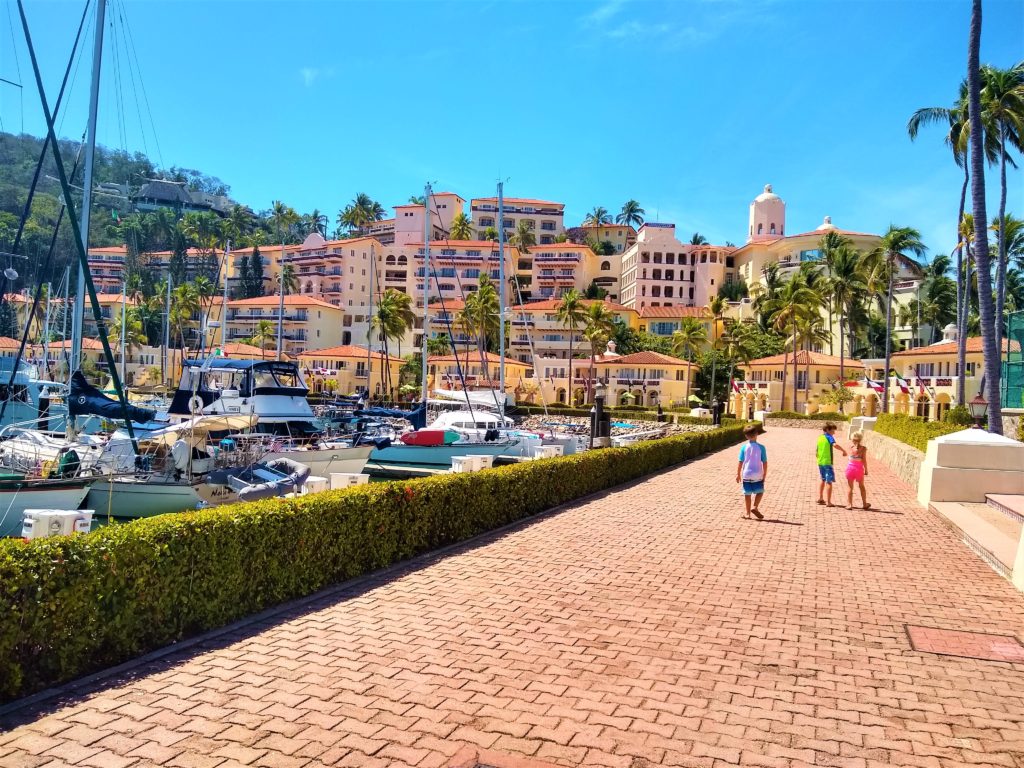
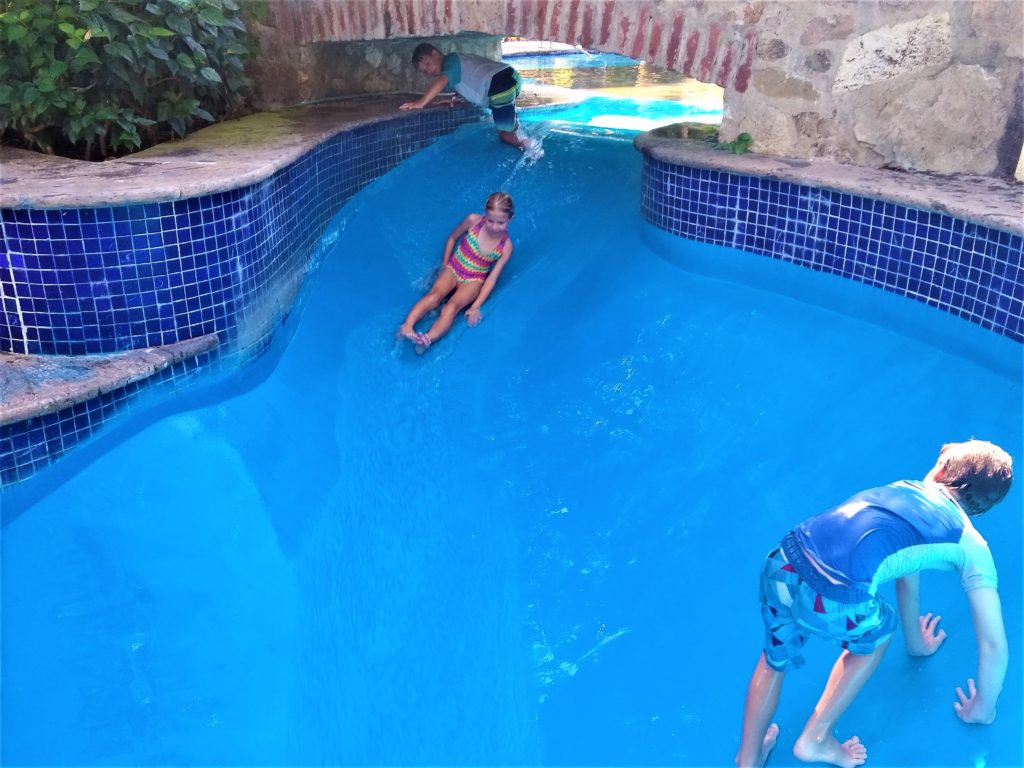
Puddle Jump!
We are excited about the upcoming 2800 nautical mile passage. We plan to visit the
Revigilledo islands first, then continue on to the Marquesas. You will be able to follow us on our passage on this blog through Twitter posts and our predict wind tracker which is updated hourly with our position. We look forward to loading our next blog post from the Marquesas!
(Friends/family safety note: please do not get alarmed if the twitter posts stop coming/tracker stops functioning en route- It is very likely because of a failure of the sat connection or our gear as opposed to anything wrong with our boat! We have an EPIRB device on board that we will activate if there is an emergency which has a separate satellite connection to alert coastguard etc.)
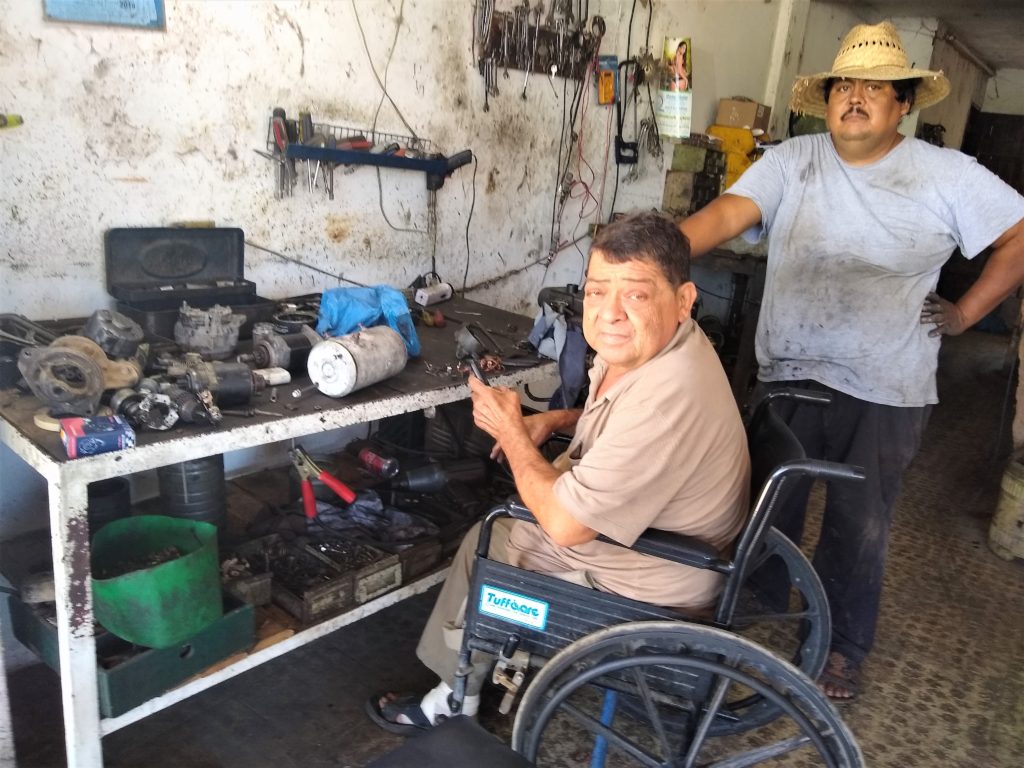
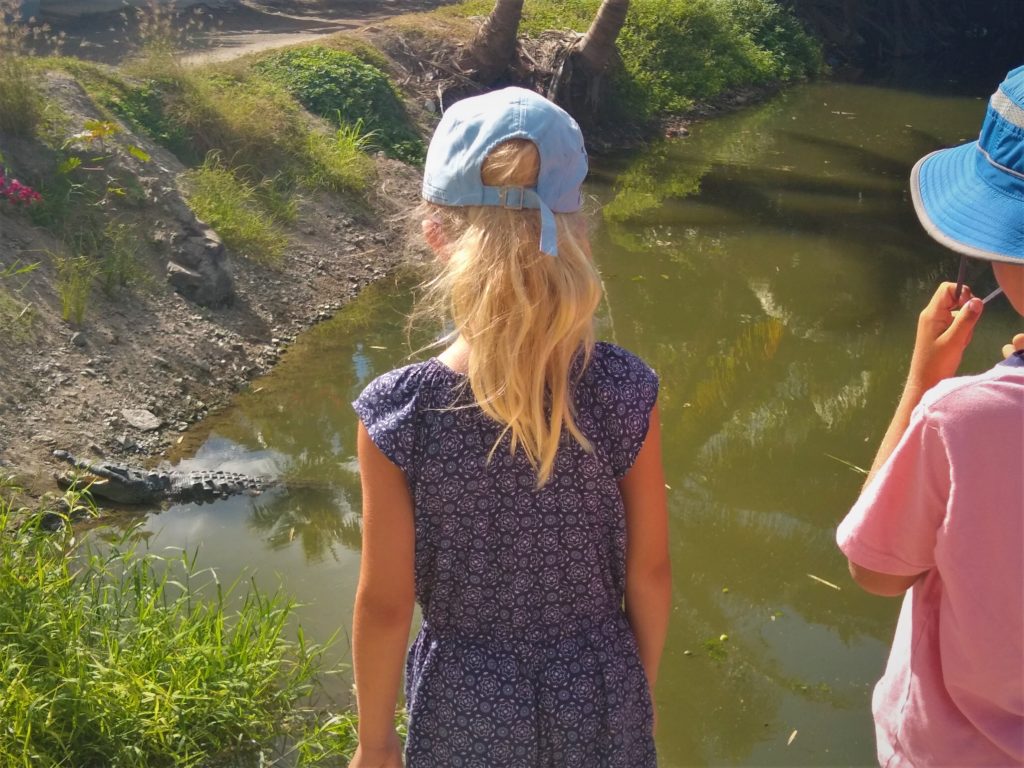
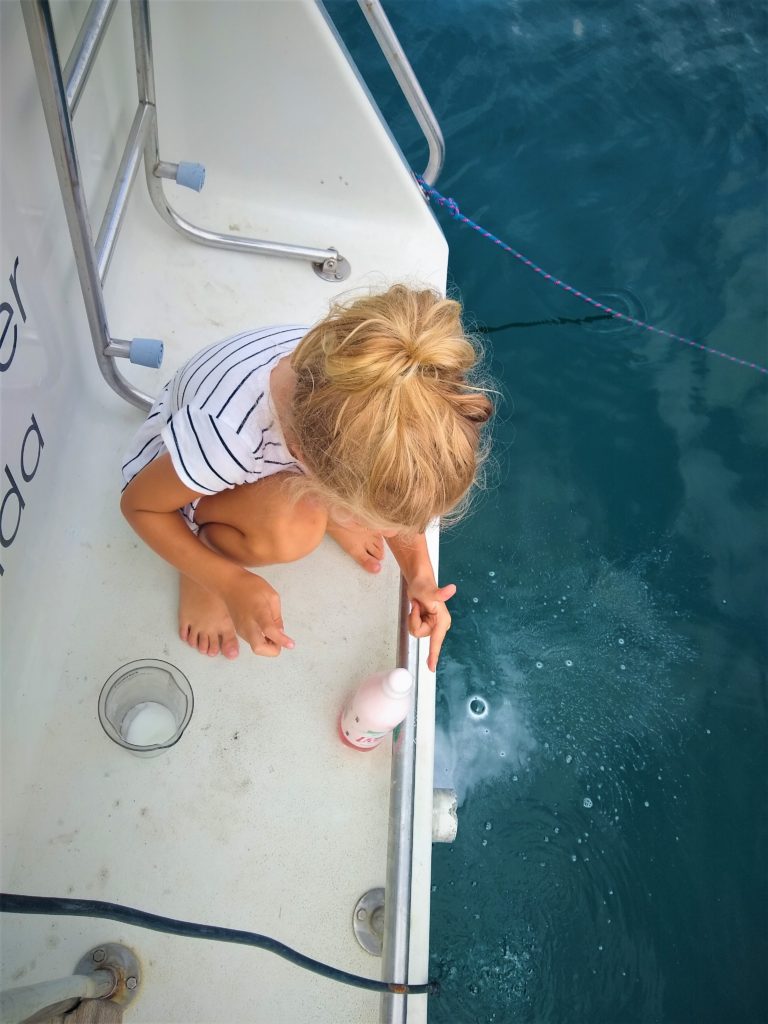
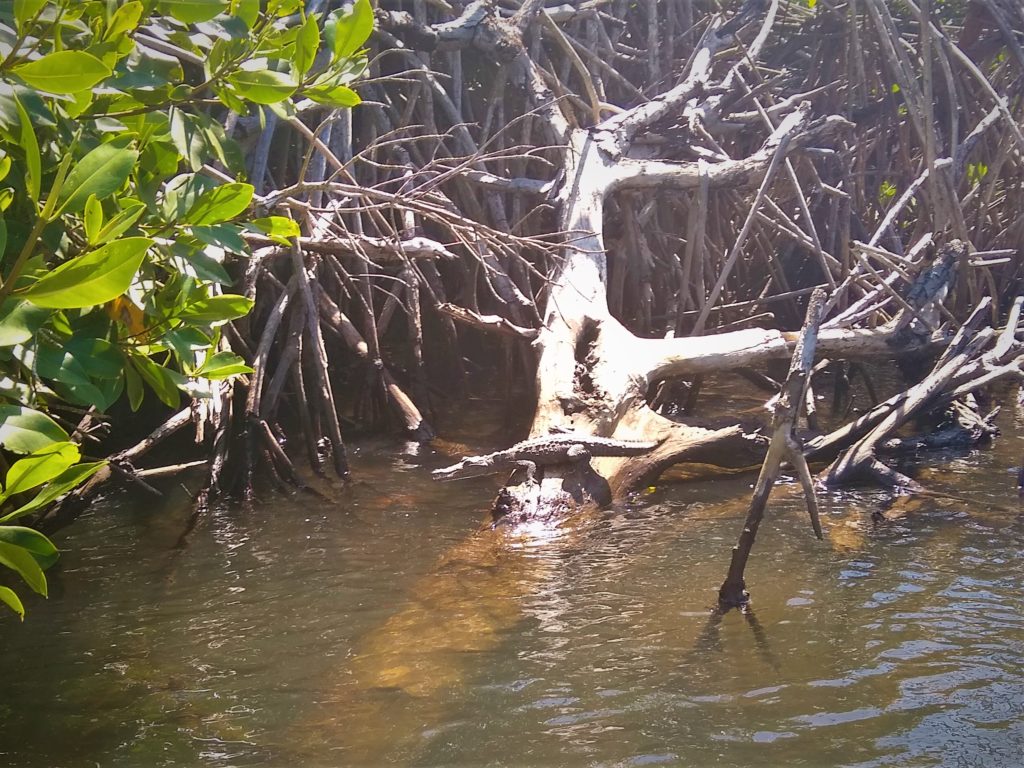
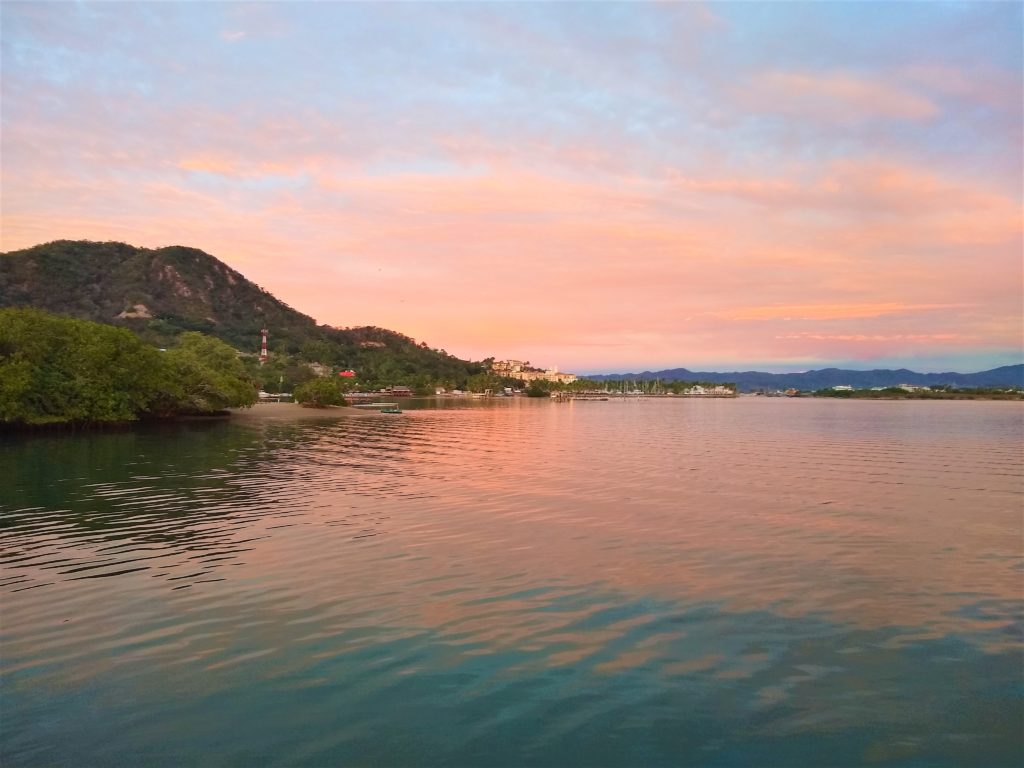

sooo very coooool!
no other words.
patrick